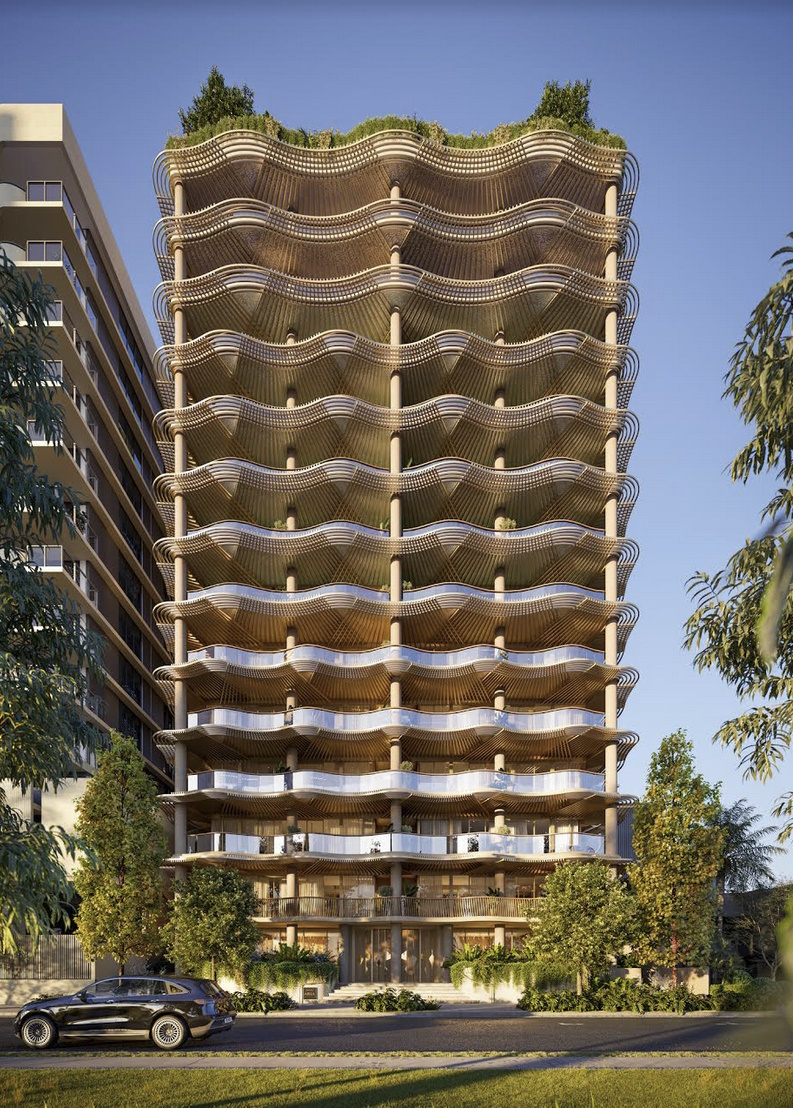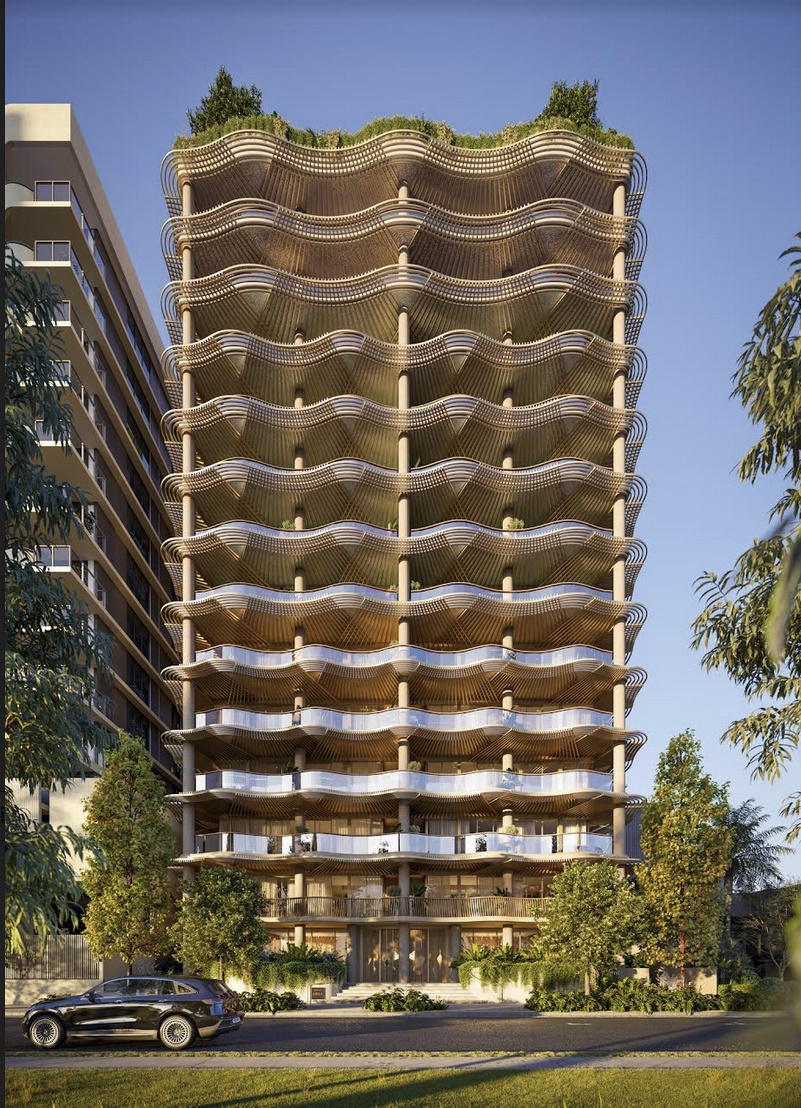Aria Property launches boutique collection of park-front residences in West End project, Casamia
- Written by Scene Magazine

Despite major headwinds in the development and construction industry, renowned property developer, Aria Property, has defied challenges to unveil its boutique collection of park-front residences, Casamia by Aria.
Situated in the heart of West End and overlooking Davies Park, Casamia introduces a collection of distinctive owner-occupier residences. Adjacent to their TreeHouse development, awarded Best High Density Development in Australia for 2023, Casamia in partnership with Rothelowman have come together once again to create a unique tower unlike any before.
Inspired by the visionary Spanish architect Antoni Gaudi, Casamia introduces a revolutionary tower concept characterised by its curvaceous design, intricate screening details, wrap-around balconies, and a seamless integration of indoor and outdoor spaces. The 14-storey boutique tower offers only forty-four residences, including two, three, and four-bedroom homes, each adorned with three-metre-high ceilings and an impressive 985m2 of resident amenity spaces, enhancing the value and quality of living for each resident.
Aria Property Development Director Brent Liddell, expressed, "Casamia is a testament to our commitment to creating remarkable living spaces that pay homage to the unique character of West End. Building on the success of our TreeHouse development, we've strived to craft homes that encapsulate craftsmanship, detail, and a natural material palette.
"Despite the challenges facing the construction industry, Aria Property remains steadfast in its mission to provide iconic homes to the residents of Brisbane, contributing to the housing supply in any way we can," said Brent.
Casamia stands out with its exceptional rooftop amenities, a hallmark of Aria's developments. Residents are treated to an exquisite infinity pool, wellness features like hot and cold magnesium baths and a sauna, and an exclusive residents' lounge and private dining room for hosting intimate gatherings. Moreover, an on-site concierge service has been incorporated to enhance residents' quality of life and cater to their day-to-day needs.
As part of the 2023 UDIA National award winning developers commitment to sustainable living, Casamia introduces an electric vehicle (EV) focus. The development offers an electric Mercedes EQC as part of its building-only car-sharing program, while also being EV-ready, providing infrastructure for residents to install EV chargers within their units.
Over 80% of the project has been sold to Aria’s past customers and networks, a testament to the company’s track record and ability to deliver unique projects to the marketplace.
Casamia is projected to reach completion in 2026. To learn more about this development, please visit www.ariaproperty.com.au.




















